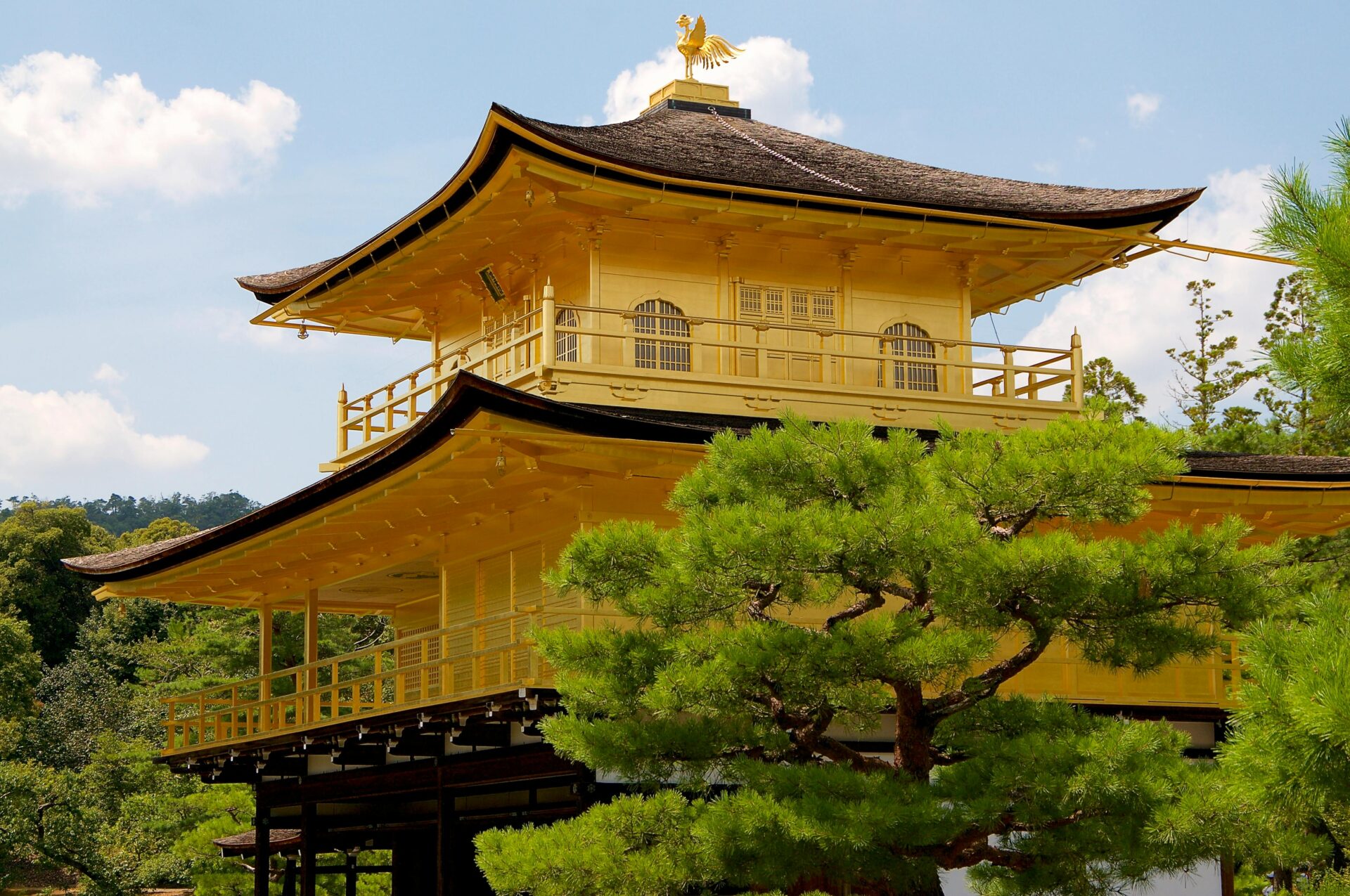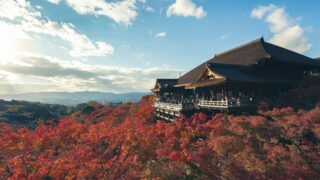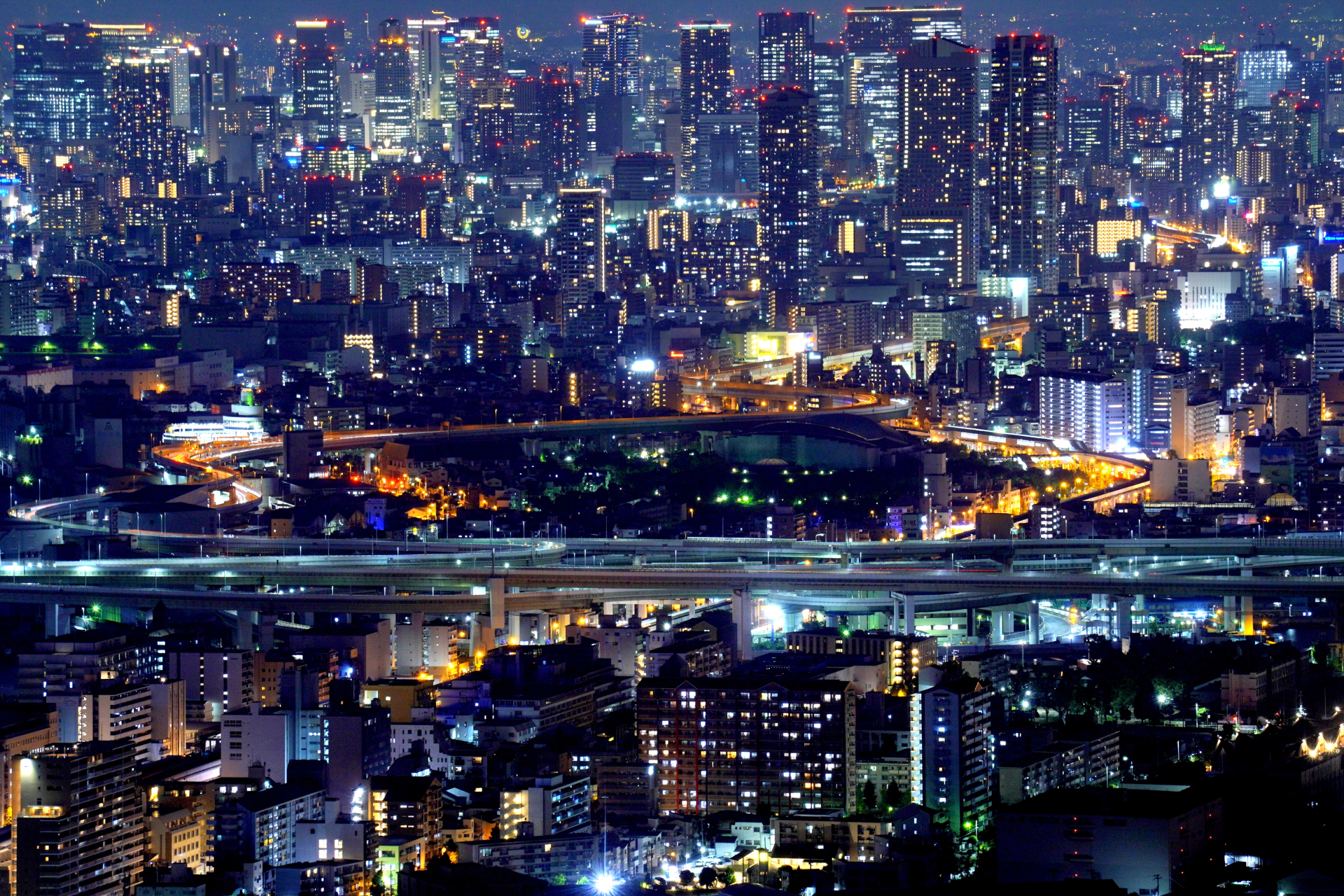
Mao Goto is a Japanese freelancer who was born in Hayama, Kanagawa prefecture, and raised in Tokyo. Since 2016 she lives in the Taito Ward, home to a lot of Japanese culture hotspots such as Asakusa, Akihabara, and Ueno. She has been interested in the field of English education in Japan and got her Master’s degree in March 2020. A lover of photography, travel, sweets, and cross-stitch. Contact her via Facebook.
This post may contain some affiliate links. When you click through and make a purchase we may receive some commission, at no extra cost to you.
Kyoto, the ancient capital of Japan, has always been a special experience for travelers worldwide because of its historical charm and beautiful scenery. However, due to its popularity, it is often overcrowded with people all the time. Especially famous tourist destinations such as Kiyomizu-dera Temple and Kinkaku-ji Temple are expected to be crowded during the tourist season, and it is sometimes difficult to enjoy their beauty in peace and quiet. Therefore, in this article, we will share tips for avoiding the crowds and enjoying Kyoto relaxedly. We will introduce you to temples that are relatively uncrowded but still wonderful, as well as times of the day when there are fewer tourists. This will allow you to enjoy the charms of Kyoto in a more relaxed atmosphere. In this article, we will introduce you to 10 temples in Kyoto that you should visit to avoid the crowds.
Special offer going on now!
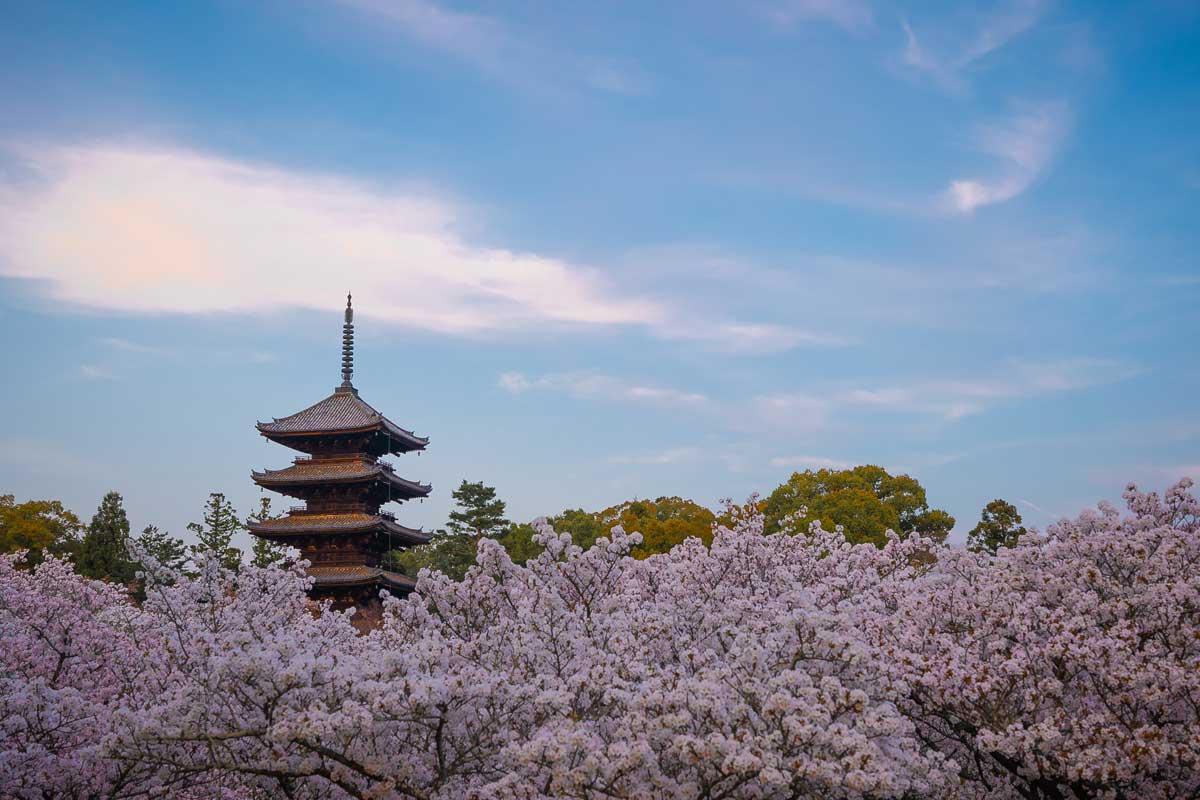
If you’re a big fan of visiting temples and avoiding crowds, then we’ve got a great limited time opportunity you need to check out! You wont want to miss it in the Autumn season.
If you’re a huge fan of Japan’s incredible display of cherry blossoms, known in Japanese as “sakura,” then you’re in luck! A handful of temples in Kyoto are offering a special chance to enter the grounds before operating hours to see the beautiful foliage. This is the perfect opportunity to see the temples in their glory as well as avoid potentially dense crowds as the spots are limited. The luxurious Kyoto Brighton Hotel line offers these immaculate experiences for those staying at the hotel as an add on to the room fee, but can also be reserved as a package initially. The event operates from the 29th of March until the 8th of April!
For all the specifics, be sure to visit their official site and make your reservation while you can!
Best Times to Visit:
Winter Months (Dec-Mar)
A visit to Kyoto in winter, from December to March, offers a different kind of attraction than other times of the year. The city does not usually attract many tourists because of the chilly bottom temperatures during this season; however, due to its quietness and snowy scenery, this season provides the best chance to experience the true beauty of Kyoto. During this time, you can feel the history of the snow-covered, shining white Kinkakuji Temple while listening to the sound of snow falling in silence. It truly looks like something out of a fairy tale.
Summer Months (Jun-Aug)
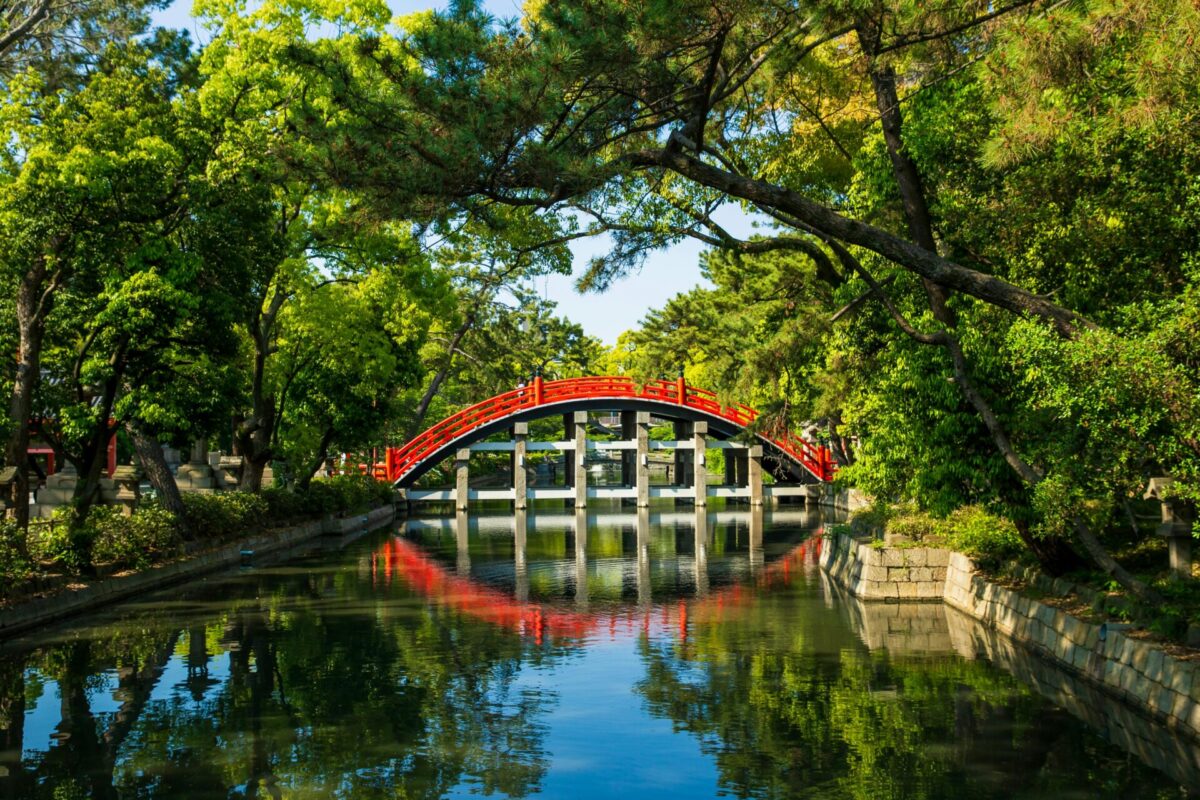
When visiting Kyoto, many people enjoy the cherry blossoms in Spring, and the autumn leaves in fall, but the summer months of June through August are also filled with the most amazing natural attractions. The month of June marks the rainy season, but by the end of the month, most days are pleasantly refreshing and sunny. During the summer, you can relax and refresh yourself in a Kawayuka. Kawayuka are cool spaces set up along the riverbanks and are a tasteful summer tradition in Kyoto. The cool sweets served there are among the best ways to forget the heat, and you can most certainly enjoy unique Kyoto flavors such as matcha green tea and Japanese sweets made with seasonal fruits.
Less Crowded Temples to Visit:
1. Entoku-in Temple
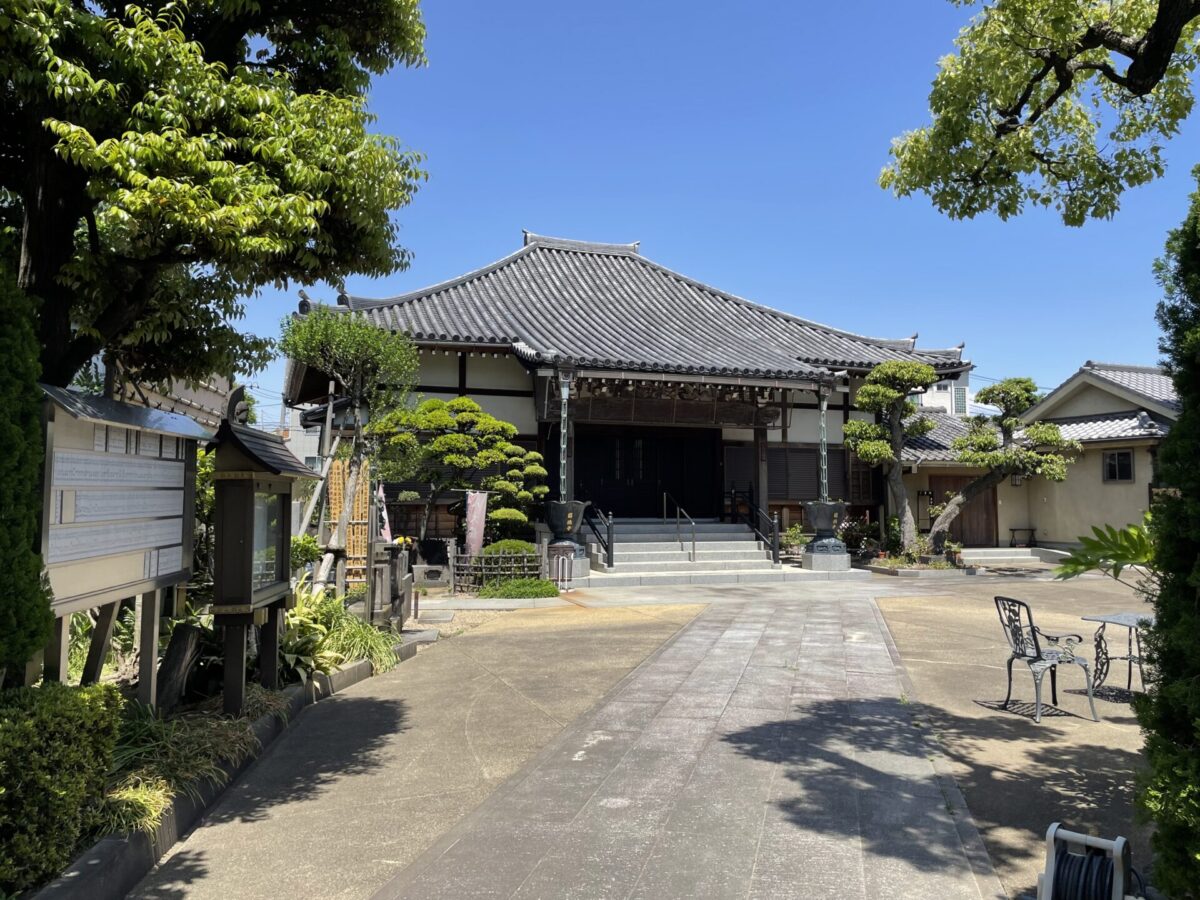
In Higashiyama-ku, Entokuin is a historic temple belonging to the Rinzai sect of Zen Buddhism. Notably, it is known that Hideyoshi Toyotomi’s wife spent the last years of her life there. The temple’s garden is particularly noteworthy, with its dynamic masonry and waterfalls beautifully conveying the garden style of the Momoyama period. This atmospheric Japanese garden is loved by many, giving visitors a sense of the breath of history. This location also offers a great Zen expereience as well as the opportunity to join a tea ceremony!
Official Website: Entoku-in Temple
Hours: 10:00am – 5:00pm
Admission: Adults: 500 yen, 15 years old and younger: 200 yen
Address: 605-0825 Kyoto, Higashiyama Ward, Takadai, Terashitakawaramachi 530
2. Honen-in Temple
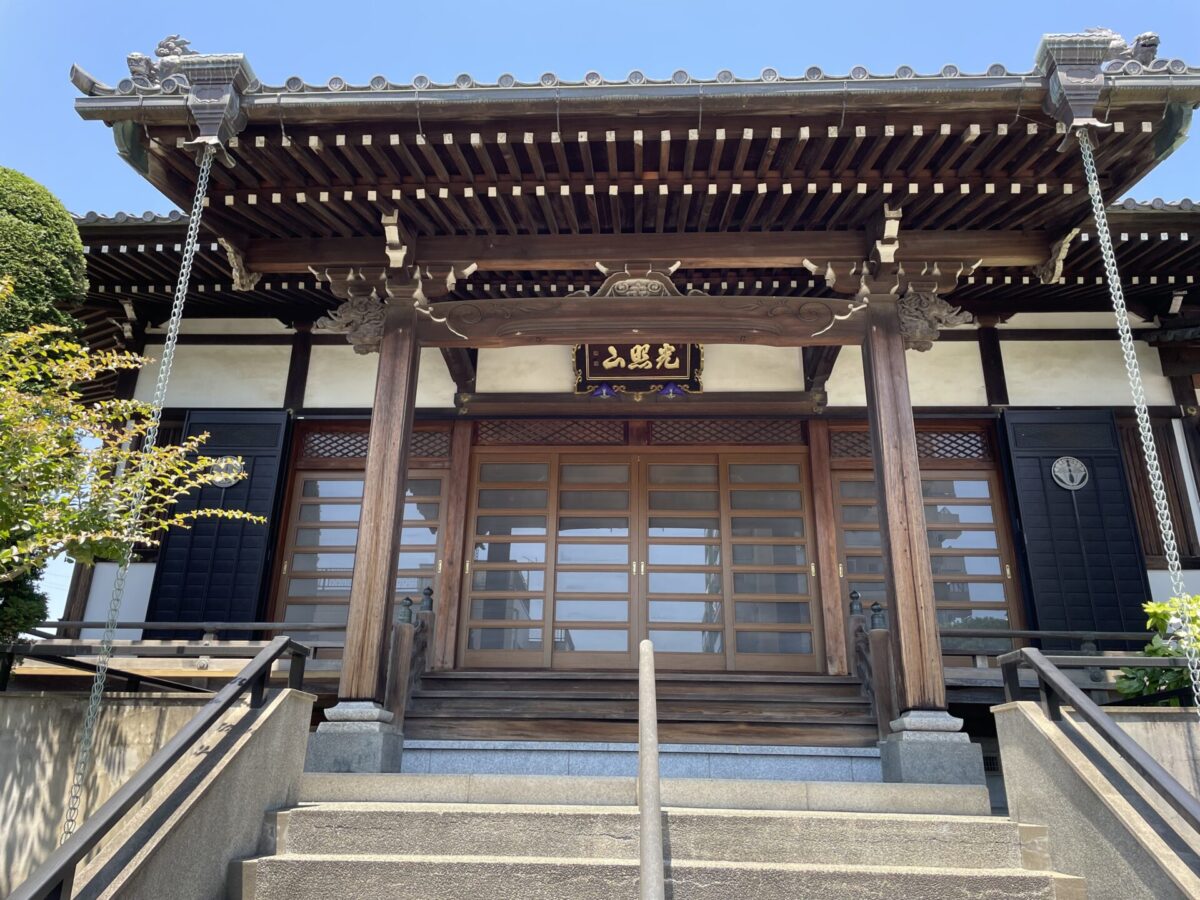
Honen-in Temple was originally a hermitage where Honen practiced Buddhism with his disciples in the early Kamakura Period, and was later reconstructed in 1680. The temple has a white sandbed and three famous camellias in the courtyard, attracting many visitors with its beauty, especially during autumn leaves. A visit to the temple will be calmed by the harmony of the ancient and atmospheric greenery of the garden, making Honen-in Temple a place of tranquility during summertime. If you visit early in the morning or at dusk, the flow of time is filled with a relaxed atmosphere.
Official Website: Honen-in Temple
Hours: 6:00am – 4:00pm
Admission: Free outside of peak season (April to November)
Address: 30, Shikagayama-Gosho-no-Dancho, Sakyo-ku, Kyoto City, Kyoto 606-8422, Japan
3. Sennyu-ji Temple
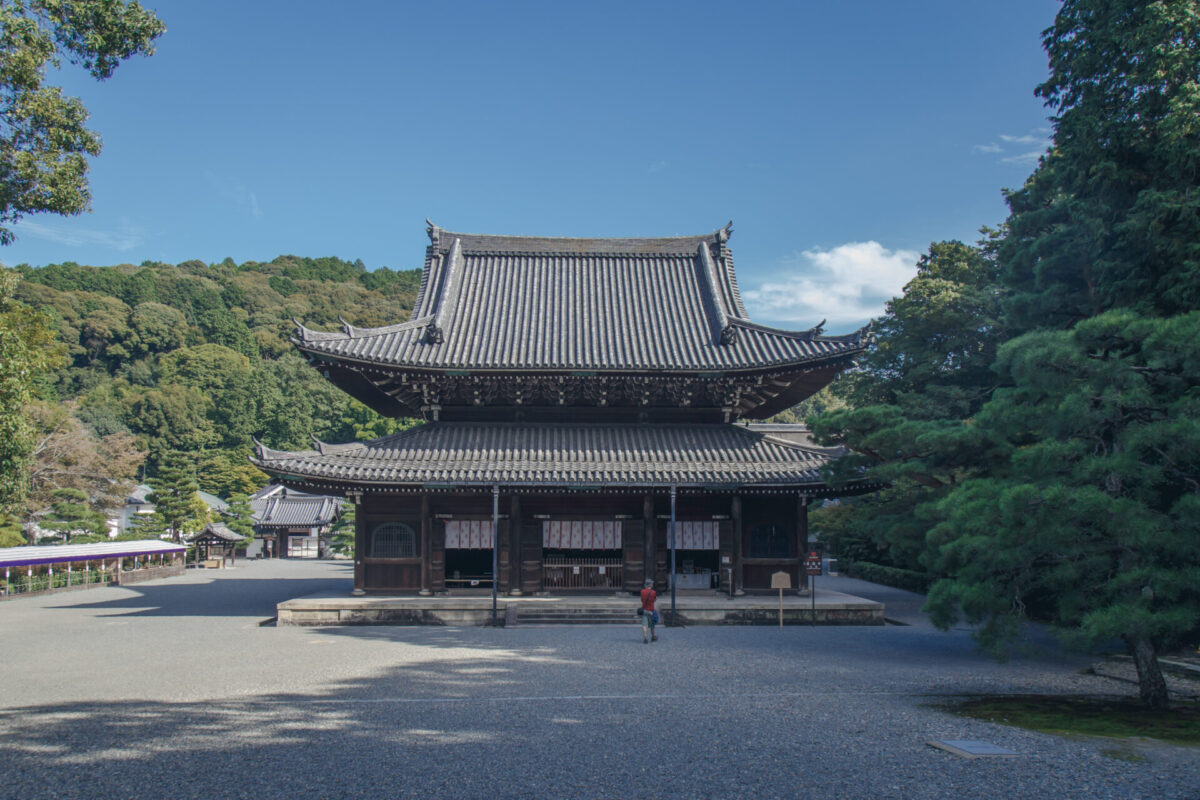
Sennyuji Temple is known as a “Mitera (御寺)” and is a temple deeply associated with and revered by the Japanese Imperial family. To the left of the gate is the hall of Yang Kuan Yin, where this important cultural property is enshrined. Yang Kwei-Hui was an immensely beautiful woman in Chinese history, and because of her beauty and historical background, Sennyu-ji Temple is famous for its blessings for prayers for beauty. Visitors can pray for beauty and happiness by making a wish in this sacred place. Sennyuji also offers a unique Kodo (incense smelling) experience. While children are not allowed, this 2 hour experience is great for small groups of 3-5. You can also add a vegan, buddhist meal (called shojin ryori) to the experience, extending it by about 1 hour.
Official Website: Sennyu-ji Temple
Hours: 9:00am – 4:00pm
Admission: \500
Address: 605-0977 京都府京都市東山区泉涌寺山内町27
4. Toji Temple
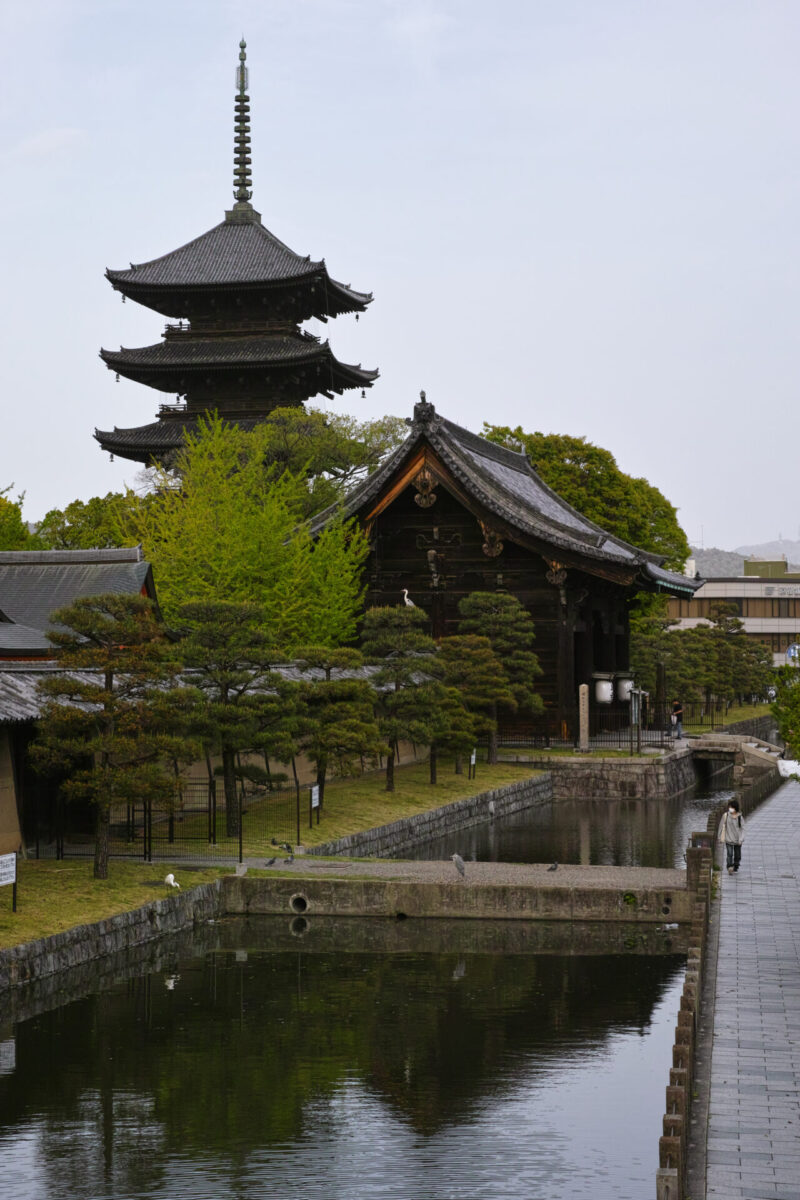
Toji Temple is a temple of the Shingon sect of Buddhism known as Japan’s first esoteric Buddhist temple. At the center of the temple is the five-story pagoda, known as a national treasure. The pagoda stands out for its wooden architectural beauty amidst the forest of buildings in front of Kyoto Station, and at approximately 55 meters tall, it is proudly proclaimed the tallest pagoda in Japan. In 1644, the pagoda was rebuilt and dedicated by Tokugawa Iemitsu. To-ji Temple is a place where history and religion are deeply connected, and many visitors are impressed by its majestic appearance.
Official Website: Toji Temple
Hours:
March 20 – April 17: Open from 8:30am – 4:30pm
April 18 – September 19: Open from 8:30am – 5:00pm
September 20 – March 19: Open from 8:30am – 4pm
Admission: General admission is \500, but they offer a variety of options detail on their site
Adderess: Kujo-cho 1, Minami-ku, Kyoto, JAPAN
5. Okochi-Sanso Villa

Okochi Sanso is a villa and garden built over a period of 30 years in Saga, Kyoto, by a famous movie actor who was active in the Showa period. The place offers a beautiful Japanese natural setting with a circular garden that offers borrowed views of Mount Hiei and the Hozukyo Gorge from nearby Arashiyama. The Okochi Villa offers a majestic backdrop to this magnificent panorama of Kyoto. Visitors will deeply feel the harmony of Japanese tradition and nature in this place, where the passion and aesthetics of movie actors come alive.
If you’re interested, reserve an amazing tour of Okochi Sanso here!
6. Ninna-ji Temple

Ninna-ji Temple has been a beloved site among the local people since the reigning emperor established it during the Ninna era. The temple has a five-story pagoda, Nioumon gate, and other structures built within. Since its founding, the temple has also housed several Buddhist paintings and artifacts, including the principal image of Amida Sanzon and the three images of Amida. Ninna-ji Temple is also renowned as one of Kyoto’s most famous cherry blossom viewing spots, showcasing various cherry trees, including weeping cherry trees and Somei Yoshino cherry trees, which beautifully decorate the temple grounds every spring. When the cherry blossoms are in full bloom, the temple reflects the changing of the seasons and the beauty of nature to visitors.
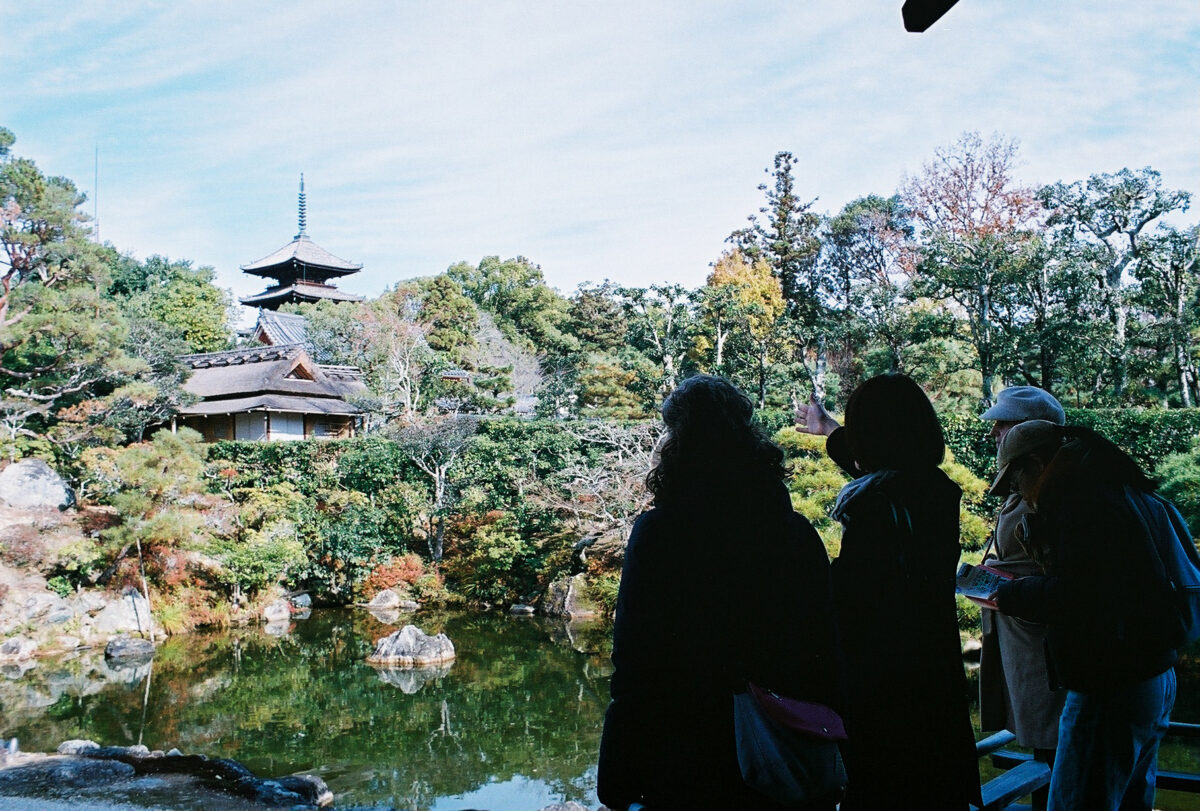
Check out our amazing tour of Ninna-ji! Reserve here
7. Kōmyo-in Temple
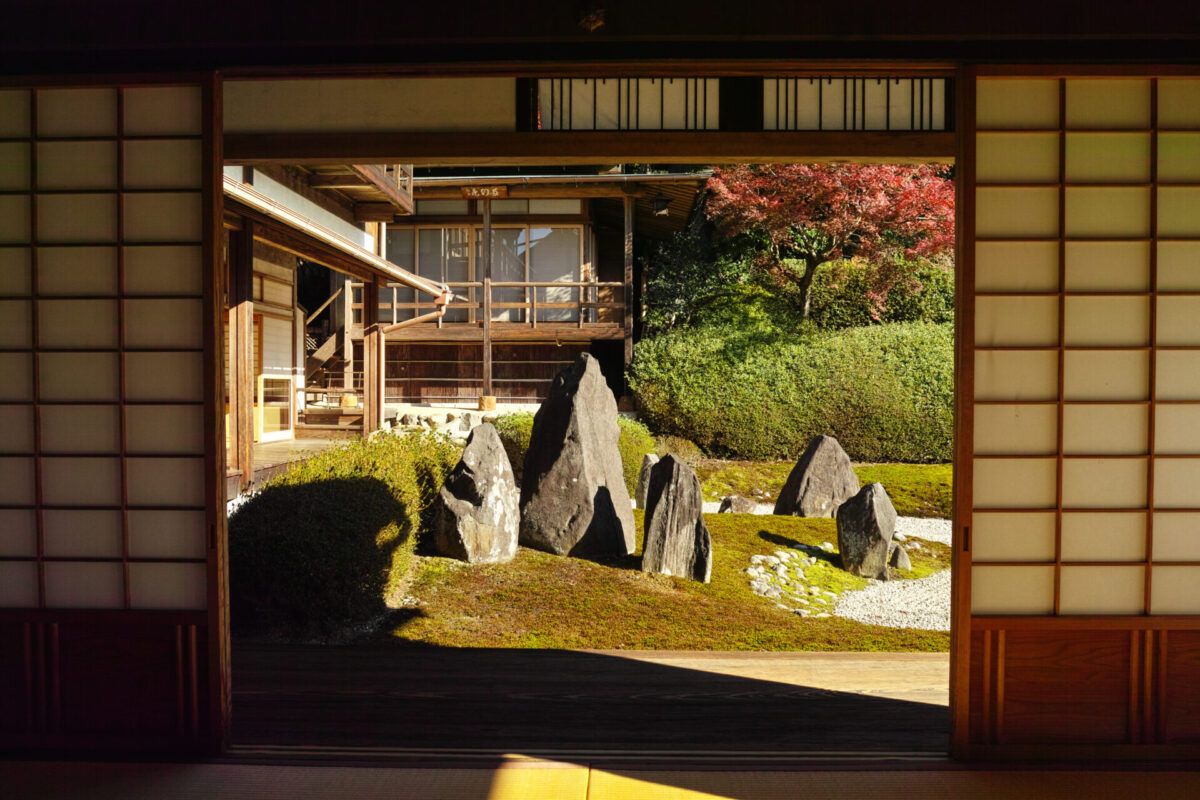
Koumyouin is a temple in Kyoto, founded in 1391 as the pagoda of Tofukuji Temple. As you pass through the temple gate, the front garden, Unrei-tei, spreads out, where the guardian deity of victory is enshrined. The highlight of this temple is its karesansui garden. A white sand karesansui pond with three stone arrangements is beautifully spread out behind it with large cuttings of satsuki and azalea trees. Visitors will be enchanted by the serenity and beauty of this karesansui garden. Komyo-in Temple continues to quietly impress visitors to Kyoto with its exquisite garden and historical value.
Official Website: Kōmyo-in Temple
Hours: 7:00am to sunset
Admission: \500
Adderess: 15-809 Honmachi, Higashiyama Ward, Kyoto City.
8. Chishaku-in Temple

Chishakuin Temple is the head temple of the Chizan School of Shingon Buddhism, located in Higashiyama-ku, Kyoto. The temple’s precincts are home to the Houbutsu-den, which houses a collection of paintings by the Hasegawa school. “Maples” and “Cherry Blossoms,” painted by Hasegawa Tohaku and his son Kyuzo, are designated national treasures. At Chishakuin, visitors can experience staying in the temple and enjoy Kyoto-style kaiseki cuisine, which combines the traditions of Kyoto cuisine with a new twist, or vegetarian cuisine, which is considered a form of ascetic training even at mealtime. Visitors can also participate in “shakyo,” a type of sutra mimicking that is held on the 21st each month, details here.
Official Website: Chishaku-in Temple
Hours: 9:00am to 4:30pm
Admission: \500
Address: 605-0951, 964 Higashikawarachō Higashiyama Ward, Kyoto City, Kyoto Prefecture
In this article, we have written about temples in Kyoto that you can visit without crowds. Are there any temples you want to visit? We hope you can avoid the crowds, stop quietly, and enjoy the luxury of admiring the historic buildings and beautiful gardens, feel the atmosphere of Kyoto, and find peace of mind. We would love to hear about their charms and impressions.
Japan Wonder Travel Tours in Kyoto
When you are visiting Kyoto and you need some help organizing your trip, you came to the right place. We’re happy to help you make your trip to Kyoto the best trip ever. We can advise you on where to go or even better, show you around with a local, English speaking guide. Let us help you create safe, comfortable, and unforgettable memories in Kyoto!
▶Kyoto 8h Private Custom Highlight Tour with Licensed Guide
On this full-day private tour of Kyoto, you will be able to see the highlights of Kyoto in just one day and at the same time develop a deeper understanding of both the culture of the area and Japan as a whole.
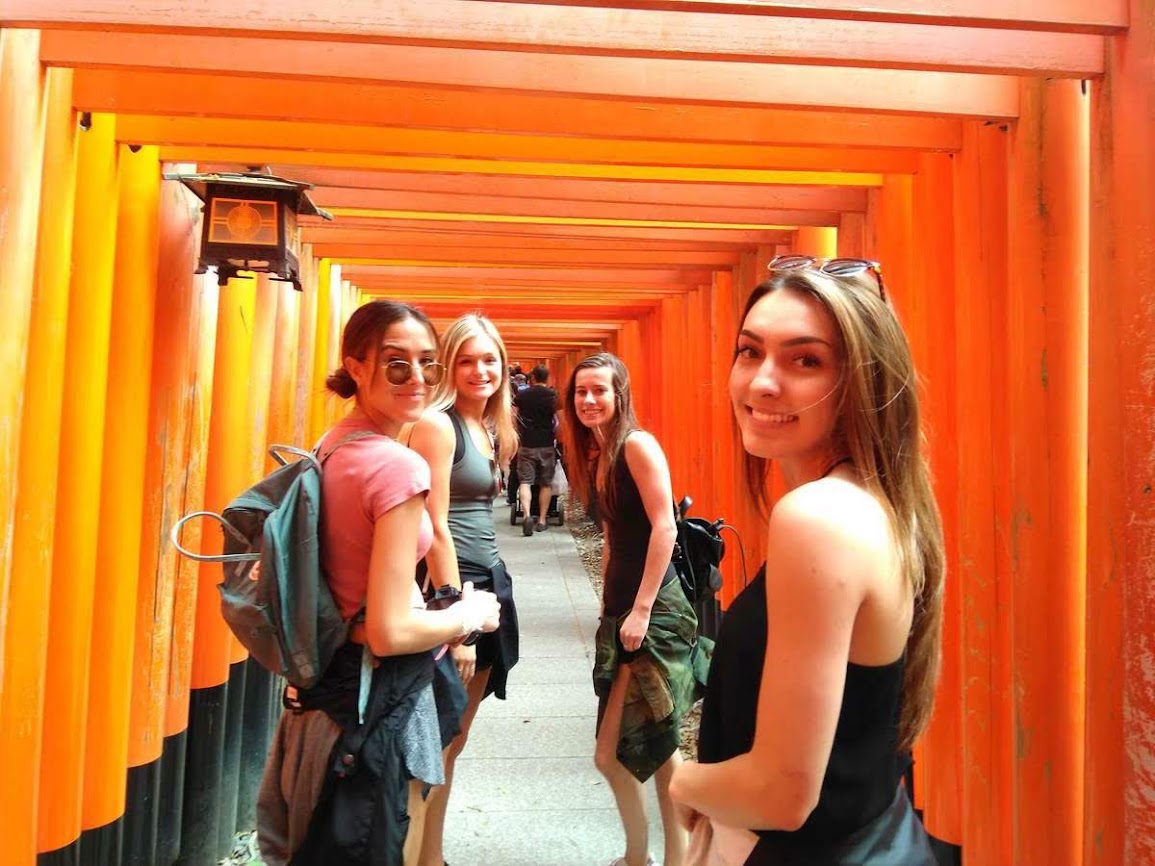
▶Meet a Geisha in Kyoto: Guided Walk in Gion and Enchanted Time with Maiko
Meet a Maiko, a geisha in Kyoto, and enjoy a walking tour in Gion, the geisha district. See an authentic Japanese tradition unfold before your eyes that has existed for hundreds of years. You’ll have chance to take a photo with Geisha!

▶Explore Nishiki Market: Food & Culture Walk
If you’re looking to learn more about the culture and the local cuisine of Kyoto, this is the perfect tour for you! Take part in this Kyoto food and drink tour and explore the 400-year-old market and the famous surrounding areas.
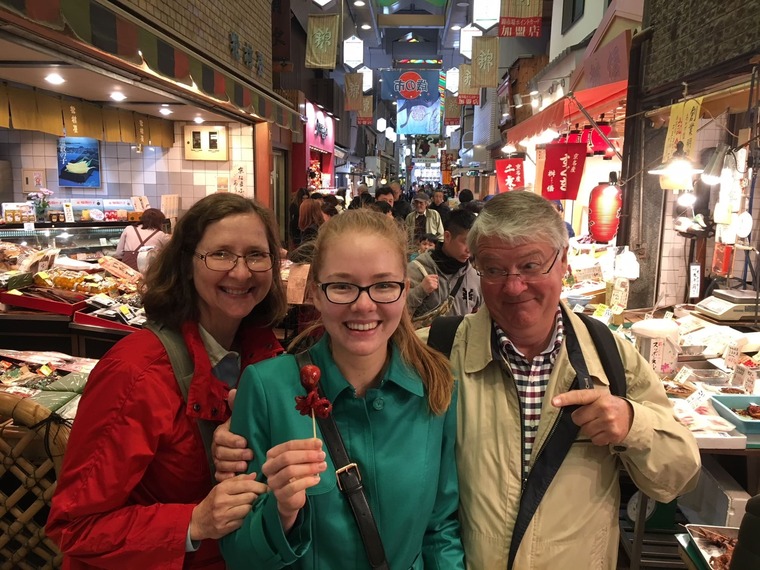
▶Kimono Experience
Kyoto is the best city to explore in kimono, Japanese traditional clothing. You can choose the one you like the most from several patterns and colors at the rental shop. In Kyoto, two locations are both accessible from the main tourist attractions which makes it easy to try it on and explore the city for a day!
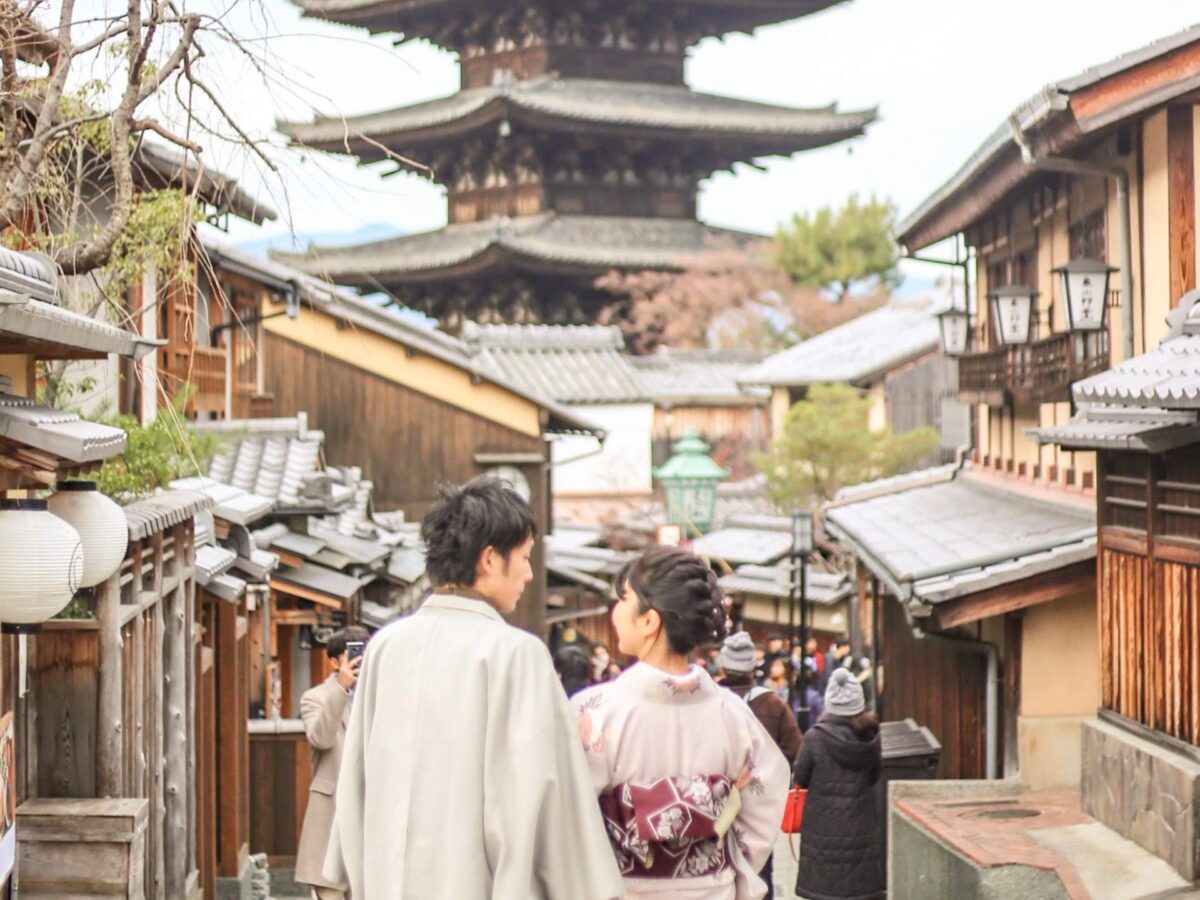
Subscribe to our newsletter!
